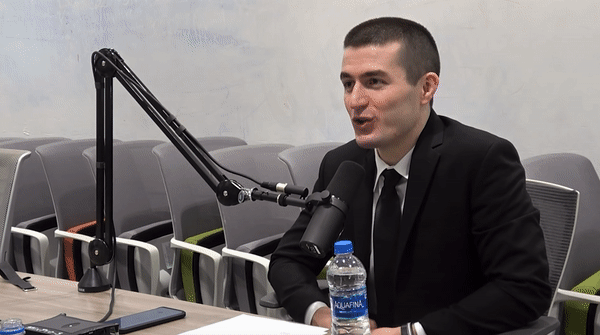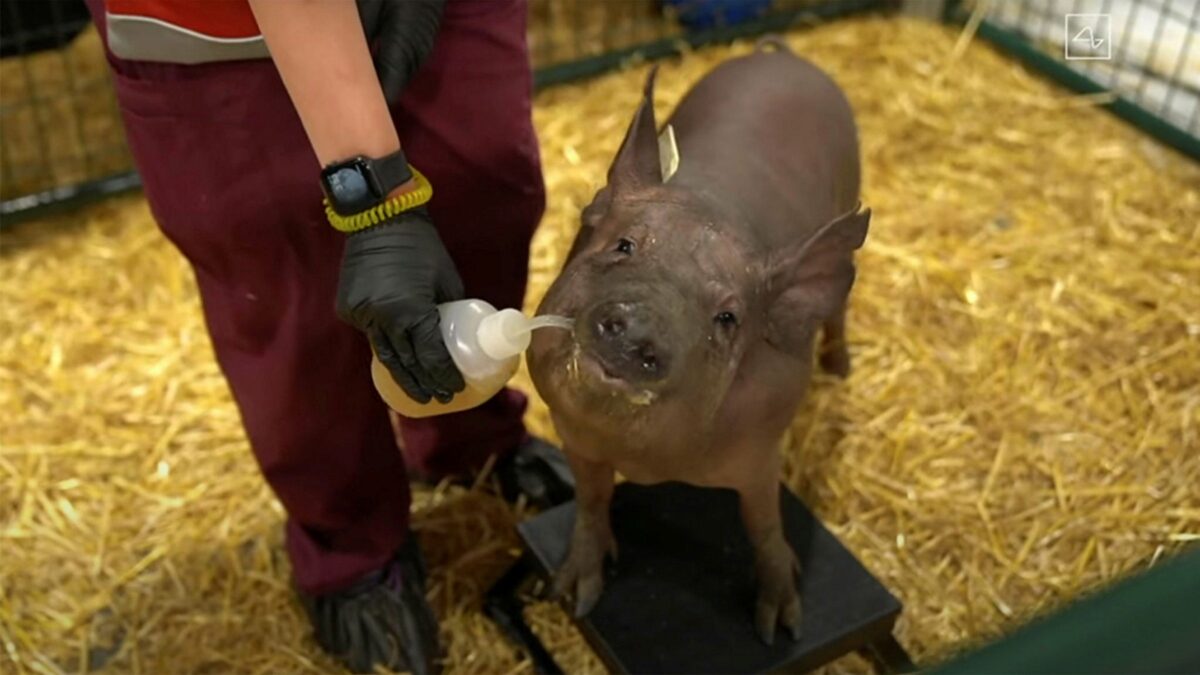
I’m Sorry Dave. I’m Afraid I Can’t Let You Do That.
2001: A Space Odyssey. Stanley Kubrick’s masterpiece is regarded as one of the most influential and important art works of the 20th century, not just in cinema history but in art in general. 2001 explores mankind’s relationship to evolution, existentialism, space, technology, and artificial intelligence. It has been 52 years since the film’s release, but some of its themes are more relevant than ever before. Let’s explore.
Kubrick’s vision

Although science fiction films typically underestimate how long it will take for technology to catch up with their visions of the future, much of Kubrick’s vision in 1968 has since come true. It was Kubrick’s goal to depict space travel, personal electronic devices, and computer technology in the most feasible, practical and believable way. He consulted NASA engineers who were involved with the Apollo space program to put a man on the moon (succeeding 1 year after the film was released. Neil Armstrong became the first man on the moon in 1969).
2001 is closer to you than you realise. Whether Kubrick was successful in his quest to depict his 1968 technological vision in a feasible, practical and believable way, will become more clear when looking at just some of the many examples:
iPad

More than 40 years before Steve Jobs launched the iPad, Kubrick offered viewers already a glimpse of the future iPad. Kubrick correctly envisioned how such a sophisticated device would seamlessly be incorporated into day-to-day life. Samsung actually defended itself in a lawsuit against Apple in 2011, claiming their Galaxy Tablet wasn’t a copy of the iPad, but rather inspired by 2001.
iPhone

The undeniable source of inspiration for Apple’s iPhone: the Monolith from 2001. The comparison is not only visually striking. Just like the introduction of the Monolith in the film, the iPhone allowed humankind to evolve to the next level in terms of connectivity and technology. Both items are used for telecommunications and are activated by human touch. Coincidence?
Artificial Intelligence and the Blackbox

Absolutely the star of the film: the HAL 9000. This super AI has never made a mistake and is therefore trusted with controlling this important mission. During Wednesday’s open lecture, Ting Li touched on the topic of Blackbox when it comes to AI. This means, an AI system taking unexpected actions. It is considered one of the biggest fears of companies using AI. This challenge and the possible consequences are perfectly displayed in 2001: A Space Odyssey. Without giving away any spoilers, I hope that AI developers take a close look at the film and take lessons from what Kubrick envisioned.
Tip: ask your Siri or Alexa the following question: “Open the pod bay doors”…
Conclusion
It is safe to say 2001 is one of the most important films ever created. In my eyes it is an absolute masterpiece. This is not even taking into account the philosophical aspects of the story or the innovative new film techniques used, but already solely looking at the envisioned technologies at display. It is mind blowing when you realise that this film was made prior to a man ever setting foot on the moon, more than 50 years ago. Kubrick envisioned a world filled with technologies that are currently all around us. In addition, it is hard to deny how this film has influenced a lot of the tech world leaders. From Steve Jobs, to Elon Musk. Hopefully those leaders use the film to improve their own products, both in design and in structure.
Have you seen 2001?
Did you manage to see beyond its slower pace?
Any technological films you can recommend us?
I am interested to hear your thoughts.















